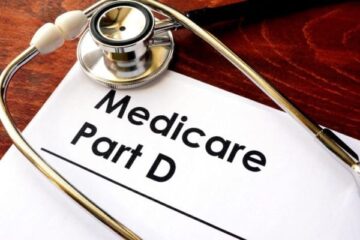Cravings are a natural part of recovery and are one of the most common triggers for relapse after alcohol use disorder treatment. While cravings may decrease over time, they can still be powerful, especially in moments of stress or emotional turmoil. Alcohol use disorder treatment often includes strategies for managing cravings, such as mindfulness techniques, distraction methods, and identifying high-risk situations. However, when cravings are left unchecked, they can lead to relapse.
Medication-assisted treatment (MAT) can also play a role in reducing relapse rates by helping to manage cravings and withdrawal symptoms. Medications like naltrexone, disulfiram, and acamprosate are commonly used in alcohol use disorder treatment to reduce the desire to drink and improve the chances of maintaining sobriety. For some individuals, MAT combined with counseling and behavioral therapy can be a highly effective approach to reducing relapse rates.
While relapse is often seen as a setback, it can also be a valuable learning opportunity. Alcohol use disorder treatment programs often emphasize the importance of viewing relapse as part of the recovery process rather than a failure. By analyzing the circumstances that led to the relapse, individuals can identify their triggers, adjust their coping strategies, and strengthen their commitment to sobriety.
Many alcohol use disorder treatment programs encourage individuals to return to treatment after a relapse to reinforce the skills they’ve learned and develop new strategies for staying sober. The process of recovery is rarely linear, and setbacks can be used as stepping stones toward long-term success. Relapse rates may be high, but with the right mindset and support system, individuals can overcome these challenges and continue on their path to recovery.
The Importance of Personalized Treatment Plans
One-size-fits-all approaches to alcohol use disorder treatment are rarely effective. Each individual’s experience with AUD is unique, and their treatment should reflect that. Personalized treatment plans that take into account factors such as the severity of the addiction, the presence of co-occurring disorders, and the individual’s personal goals for recovery are more likely to lead to success and lower relapse rates.
Comprehensive alcohol use disorder treatment that includes a combination of therapy, medication, support groups, and post-treatment care offers the best chance for long-term sobriety. Tailoring these components to the individual’s needs can significantly reduce the risk of relapse and improve overall outcomes.
Preventing Relapse Through Lifestyle Changes
Long-term recovery from alcohol use disorder often requires significant lifestyle changes. After completing alcohol use disorder treatment, individuals may need to alter their social circles, avoid environments where alcohol is present, and focus on building a healthier, more balanced life. Engaging in regular physical activity, pursuing new hobbies, and developing healthy relationships can all play a role in preventing relapse.
Support from family and friends is also crucial for individuals in recovery. A strong support network can provide encouragement during difficult times and help individuals stay accountable to their recovery goals. Alcohol use disorder treatment is most effective when it includes not only professional care but also a supportive and understanding community.
Relapse Is Part of the Recovery Journey.
While relapse is a common occurrence after alcohol use disorder treatment, it is important to view it as part of the broader recovery journey. With proper support, individualized care, and a commitment to long-term sobriety, individuals can overcome setbacks and continue on the path to recovery. Relapse rates may seem discouraging, but they highlight the need for ongoing care and the development of effective coping strategies. By understanding the challenges of relapse and taking proactive steps to prevent it, individuals can achieve lasting recovery from alcohol use disorder.




